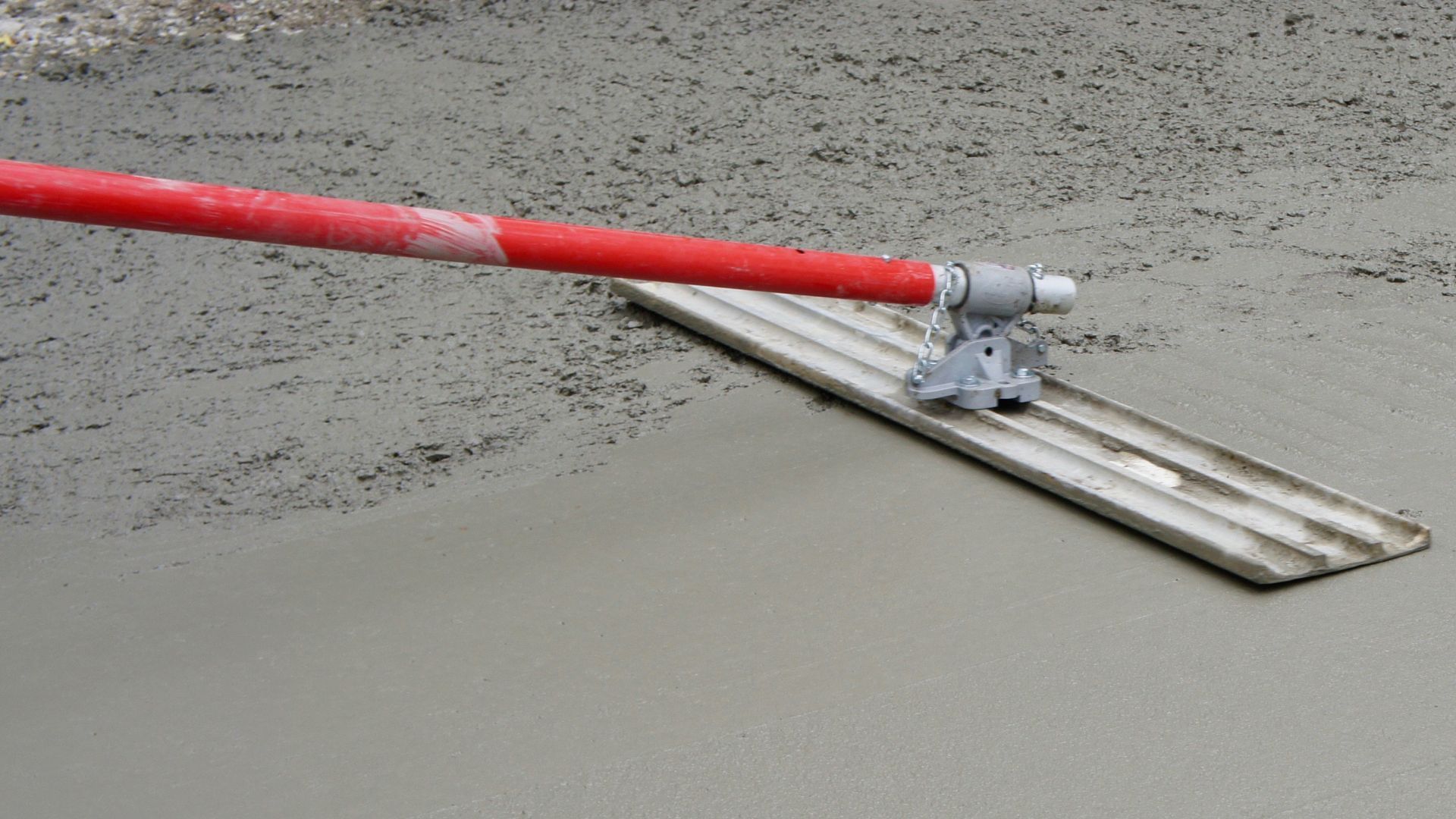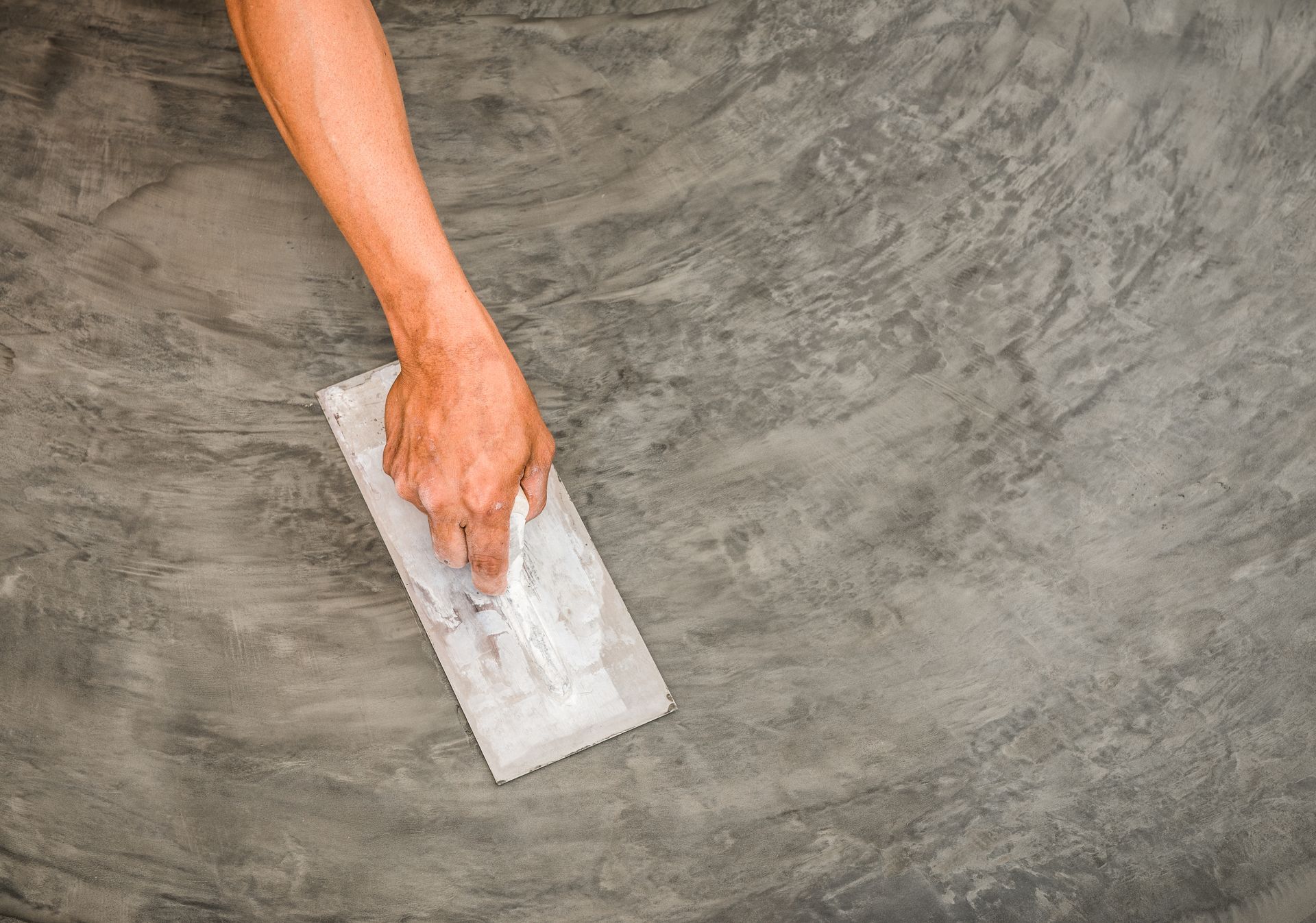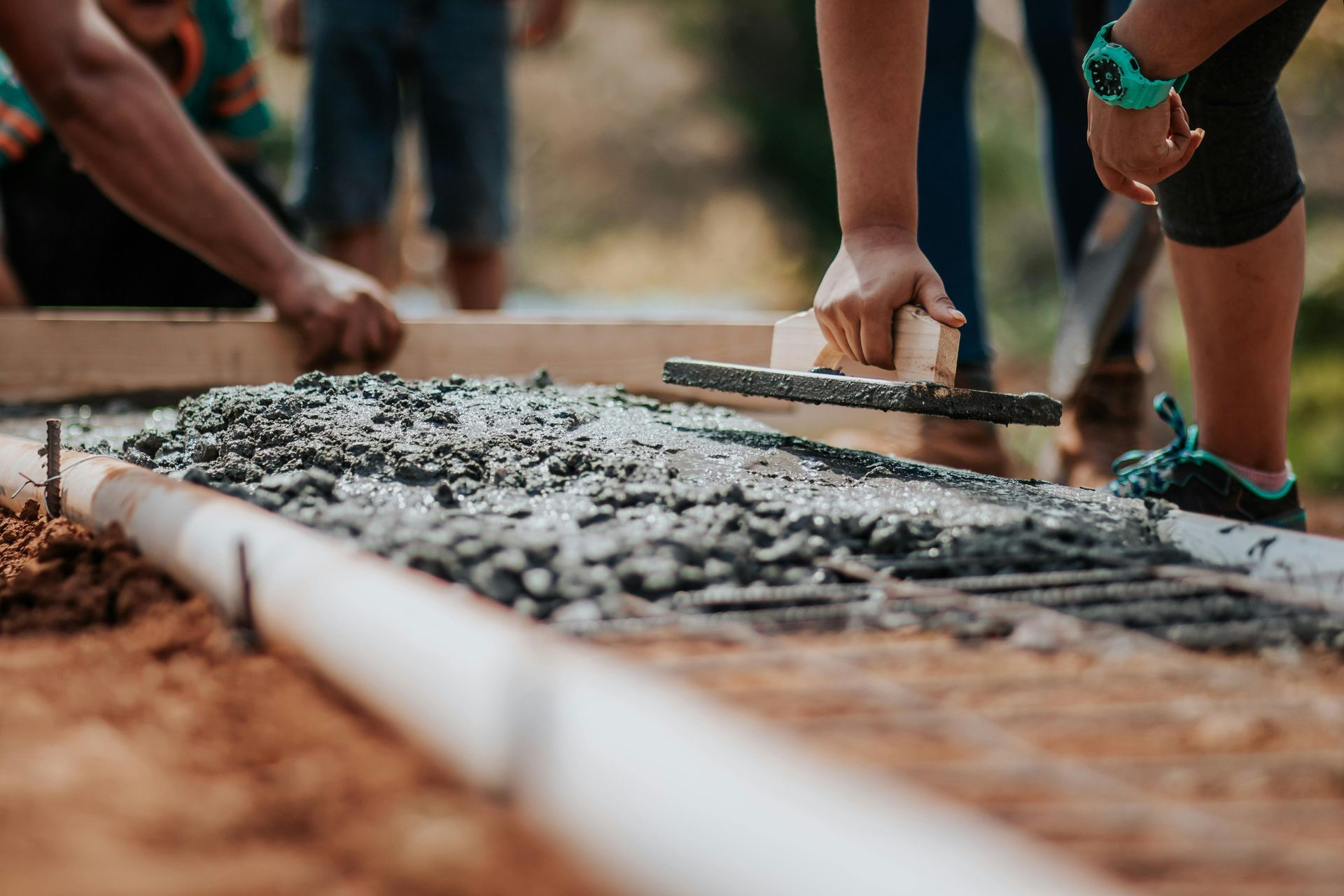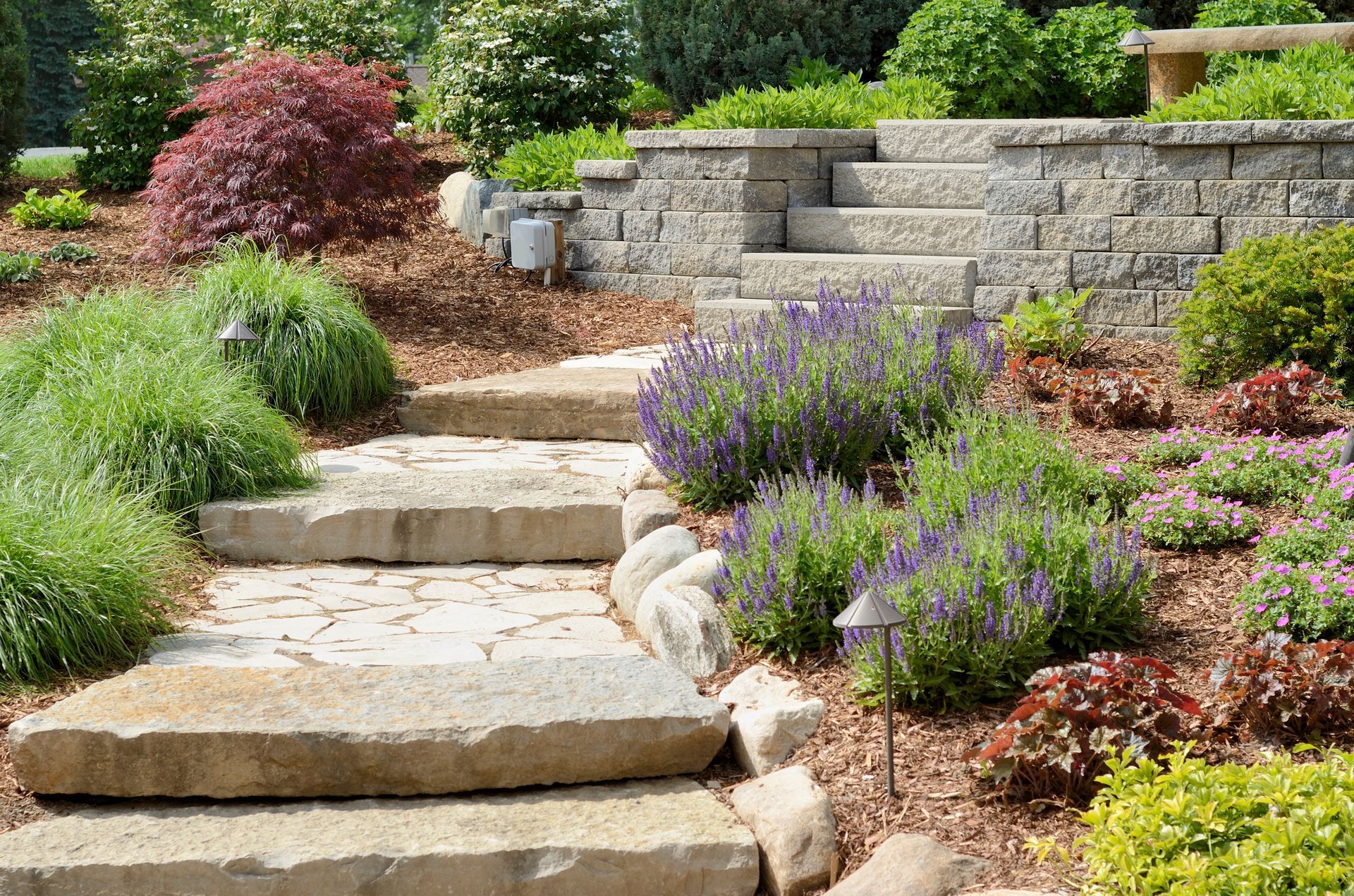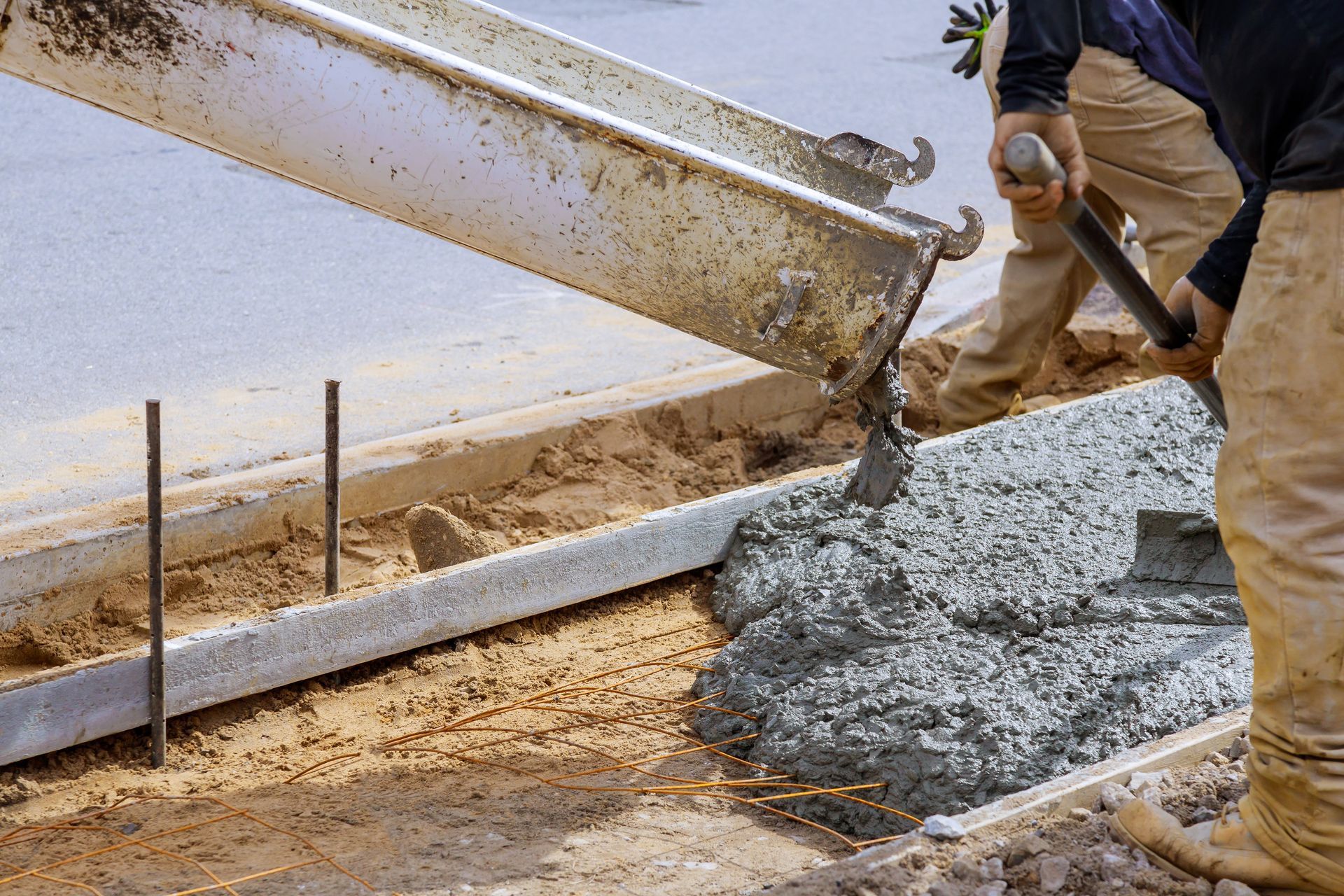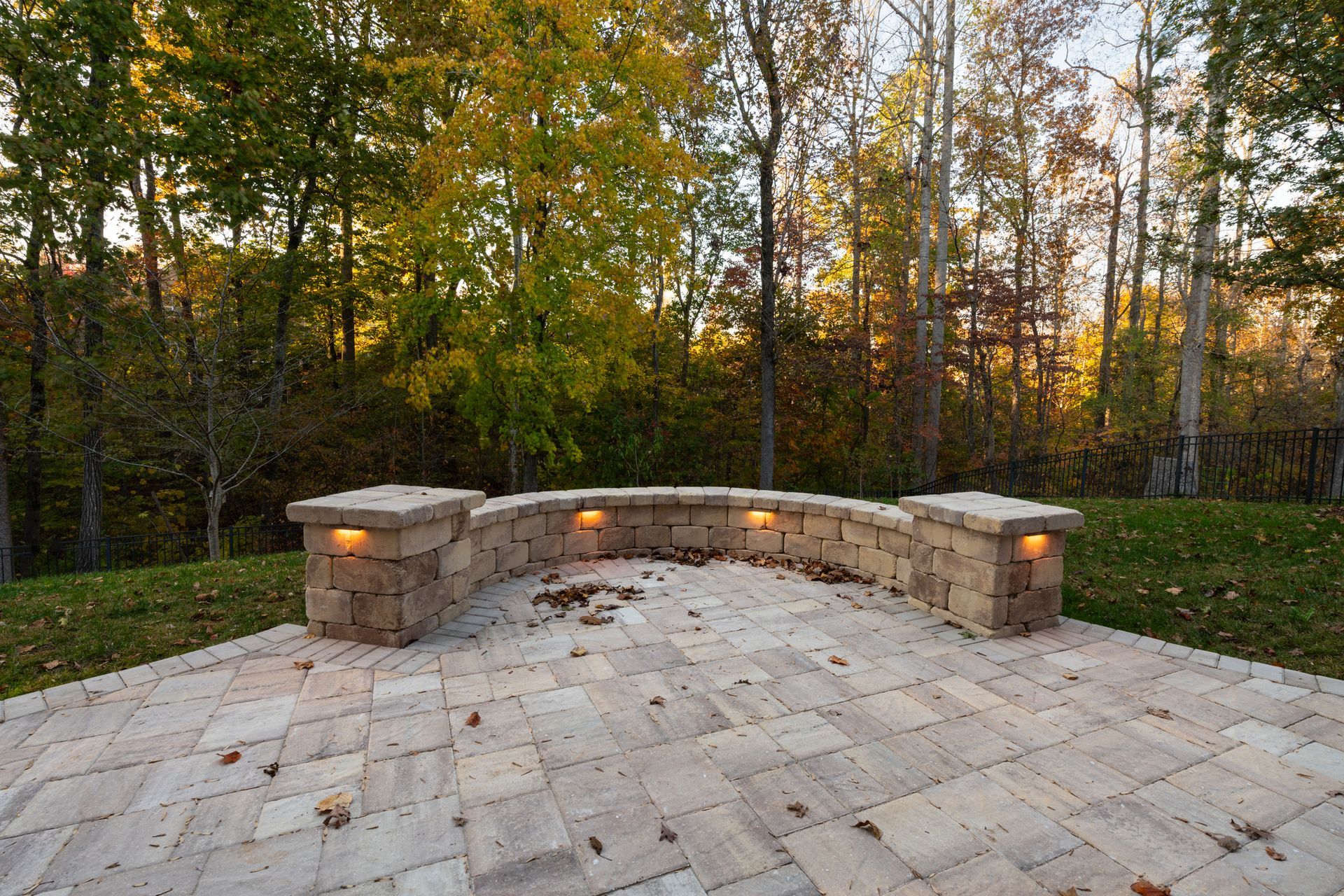Art of Concrete Repair
Concrete is a ubiquitous feature in many homes and construction projects. From driveways to patios, and even foundation walls, concrete proves to be a durable and reliable material. But what happens when your concrete surfaces show signs of wear and tear? Cracks, spalling, and discoloration can mar the appearance and function of your concrete. The good news is that you don't need to be a professional mason to repair damaged concrete. With the right tools and techniques, you can restore your concrete to its former glory. This guide will walk you through everything you need to know about repairing damaged concrete.
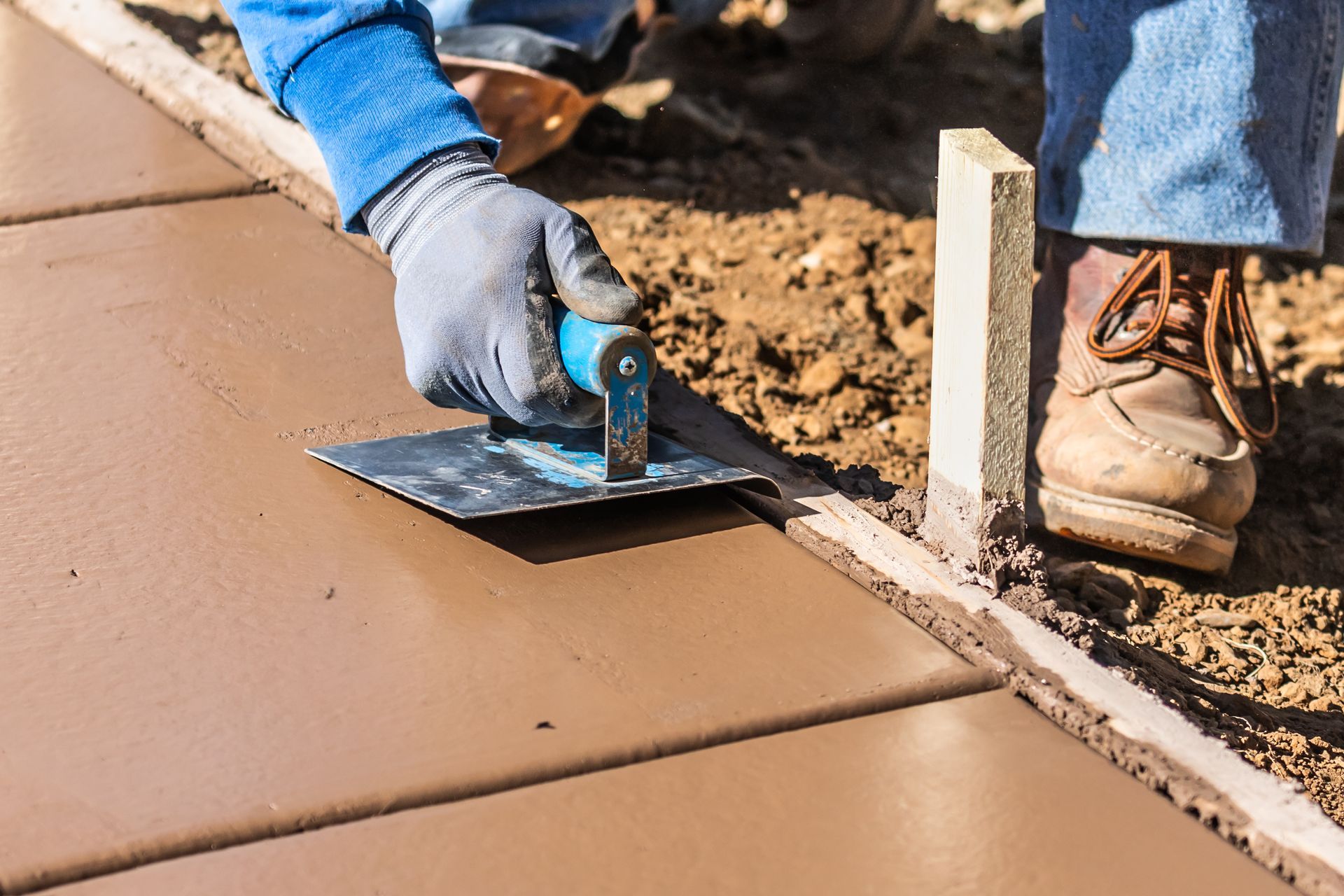
The Importance of Timely Concrete Repairs
Timely repairs are essential for maintaining both the aesthetics and structural integrity of concrete surfaces. Ignoring minor issues can lead to bigger problems down the road, such as extensive cracking or crumbling. Not only does this impact the visual appeal of your property, but it can also pose safety risks. For construction professionals, timely repairs can enhance customer satisfaction and establish your reputation for delivering quality work.
Identifying Different Types of Concrete Damage
Before embarking on a repair mission, it is crucial to identify the type of damage your concrete has sustained. Common types include cracks, spalling, discoloration, and surface scaling. Understanding the nature of the damage will help you choose the appropriate repair method and materials.
Types of Cracks
Cracks can be categorized into two main types: structural and non-structural. Structural cracks affect the integrity of the concrete and require immediate attention. Non-structural cracks, on the other hand, are cosmetic but should still be repaired to prevent further deterioration.
Spalling
Spalling refers to the flaking or chipping of the concrete surface, usually caused by freeze-thaw cycles, de-icing salts, or poor installation practices. Addressing spalling early can prevent deeper damage.
Discoloration
Discoloration can occur due to various factors such as exposure to chemicals, weather conditions, or improper curing. While it doesn't affect the structural integrity, fixing discoloration can greatly improve the appearance of your concrete surfaces.
Surface Scaling
Surface scaling happens when the surface layer of the concrete peels away, often due to poor finishing techniques or harsh weather conditions. Treating surface scaling promptly can prevent it from spreading.
Gathering the Necessary Tools and Materials
To successfully repair damaged concrete, you'll need a few essential tools and materials. Having everything on hand before you start will make the process smoother and more efficient. Common tools include a hammer, chisel, wire brush, concrete mix, trowel, and sealant.
Concrete Mixes
Choosing the right concrete mix is critical for durable repairs. There are different mixes available for various types of repairs, such as quick-setting mixes for small cracks and durable mixes for structural repairs.
Sealants and Adhesives
Sealants and adhesives are necessary to bond new concrete to old surfaces and to seal cracks effectively. Epoxy-based sealants are popular for their strong adhesive properties and durability.
Protective Gear
Safety should always be a priority. Wear protective gear like gloves, safety glasses, and a dust mask to shield yourself from concrete dust and debris.
Repairing Small Cracks
Small cracks may seem insignificant, but they can lead to larger problems if left untreated. Repairing them is a straightforward process that can be done with minimal tools and materials.
Filling the Crack
Start by filling the crack with a suitable concrete filler or epoxy resin. Use a trowel to press the filler into the crack and smooth it over the surface.
Smoothing the Surface
Once the crack is filled, smooth the surface with a trowel to ensure a seamless finish. Allow the filler to dry according to the manufacturer's instructions.
Sealing the Crack
Sealing the crack with a waterproof sealant can prevent moisture from seeping in and causing further damage. Apply the sealant evenly and allow it to cure completely.
Repairing Large Cracks and Structural Damage
Large cracks and structural damage require more extensive repairs and should not be ignored. These types of repairs may involve using rebar, formwork, and specialized concrete mixes.
Reinforcing the Area
For large cracks, you may need to insert rebar or other reinforcement materials to provide additional strength and stability. Secure the rebar in place before proceeding with the repair.
Mixing and Applying Concrete
Mix the concrete according to the manufacturer's instructions and apply it to the damaged area. Use a trowel to spread the concrete evenly and ensure it fills all gaps and voids.
Curing the Repair
Proper curing is essential for the longevity of the repair. Keep the repaired area moist and cover it with a plastic sheet to prevent rapid drying. Allow the concrete to cure for at least a week before subjecting it to heavy use.
Addressing Spalling Issues
Spalling can be unsightly and weaken the concrete surface. Repairing spalling involves removing the damaged layer and applying a new surface coat.
Removing the Damaged Layer
Use a hammer and chisel to remove the spalled concrete layer. Ensure you remove all loose material to create a solid base for the new surface coat.
Applying a New Surface Coat
Mix a resurfacing compound and apply it to the prepared area. Use a trowel to spread the compound evenly and create a smooth finish.
Finishing Touches
Once the new surface coat is applied, use a concrete float to achieve a polished finish. Allow the surface to cure properly before using it.
Fixing Discoloration
Discoloration can detract from the visual appeal of your concrete surfaces. Fortunately, there are several methods to address this issue, including cleaning, staining, and applying concrete dyes.
Cleaning the Surface
Start by cleaning the discolored surface with a specialized concrete cleaner. This can remove stains and restore the original color.
Applying Stains and Dyes
If cleaning doesn't completely resolve the issue, consider using concrete stains or dyes to improve the appearance. These products can provide a uniform and attractive finish.
Sealing the Surface
Sealing the newly stained or dyed surface can protect it from future discoloration. Use a high-quality concrete sealer for the best results.
Preventing Future Damage
Prevention is always better than cure. By taking proactive measures, you can extend the lifespan of your concrete surfaces and minimize the need for repairs.
Regular Maintenance
Perform regular maintenance, such as cleaning and sealing, to keep your concrete surfaces in good condition. Address minor issues promptly to prevent them from escalating.
Protecting Against Environmental Factors
Protect your concrete surfaces from harsh weather conditions by using protective coverings or sealants. This can prevent damage caused by freeze-thaw cycles and UV exposure.
When you need concrete and supplies for repair, call EZ Cart Concrete Supply in Hamilton at 905-662-0808 to reserve your cart and pick up supplies! By understanding the basics, gathering the right tools, and following best practices, you can tackle any concrete project with confidence.
EZ Cart Concrete Supply
905-662-0808
